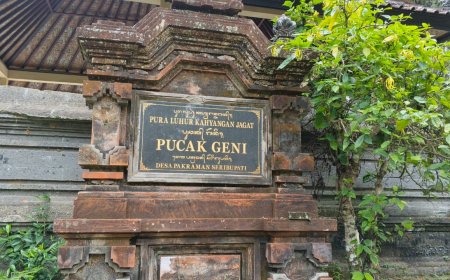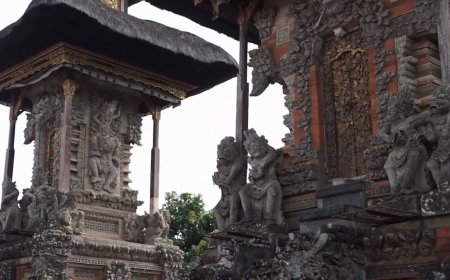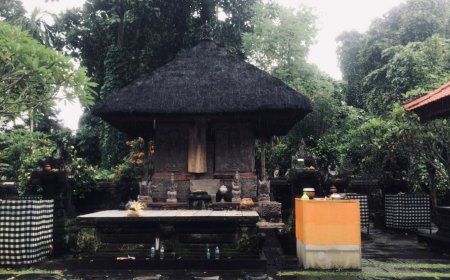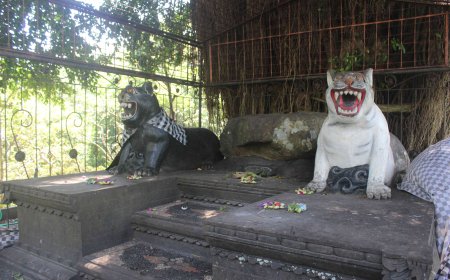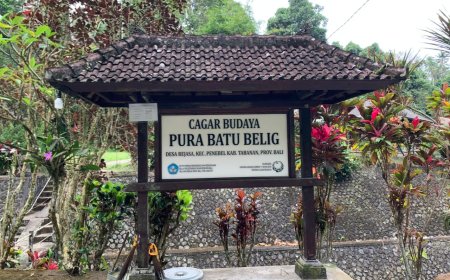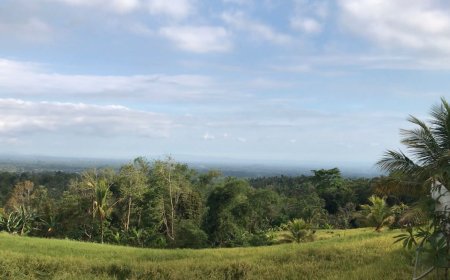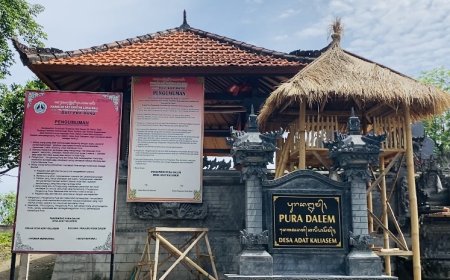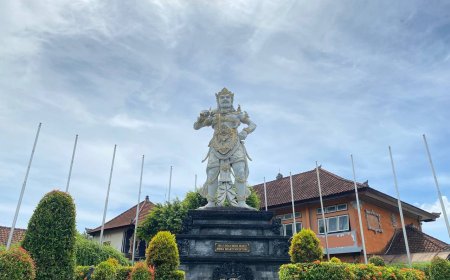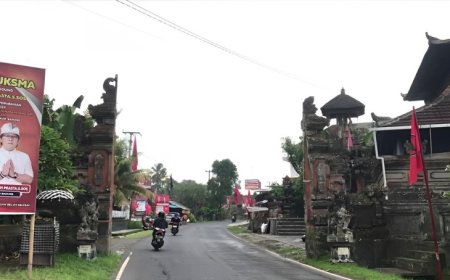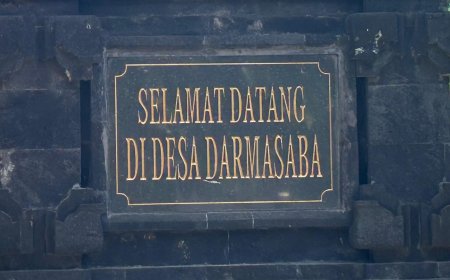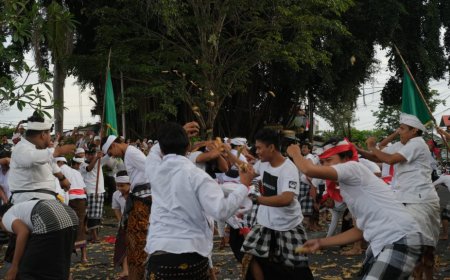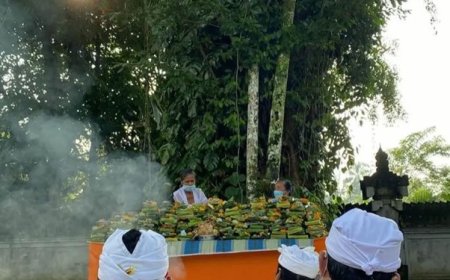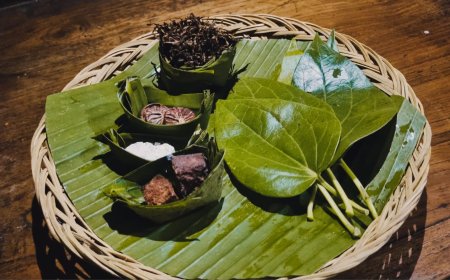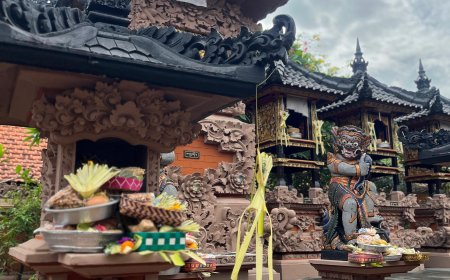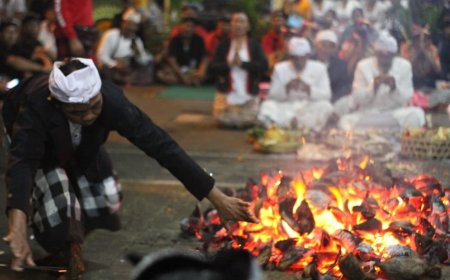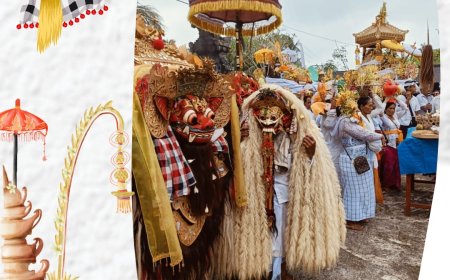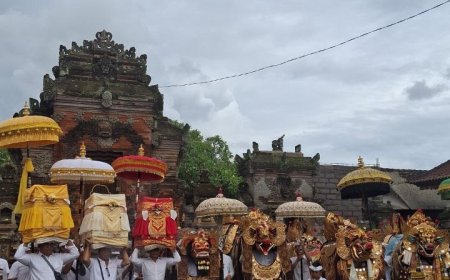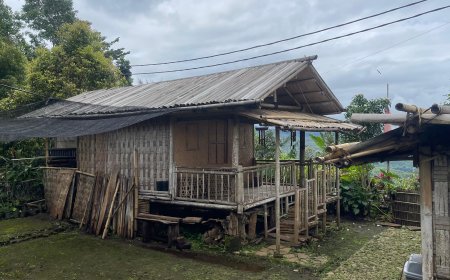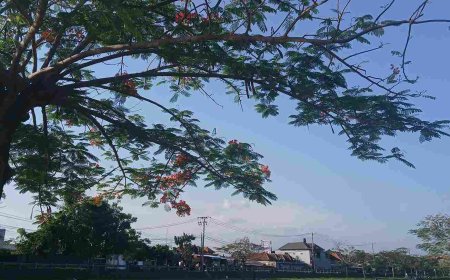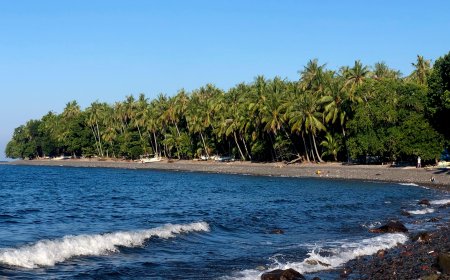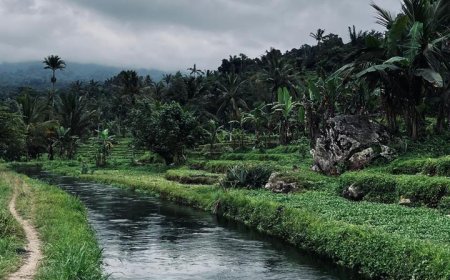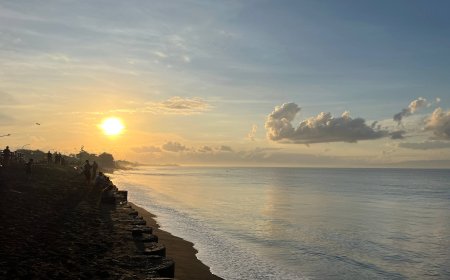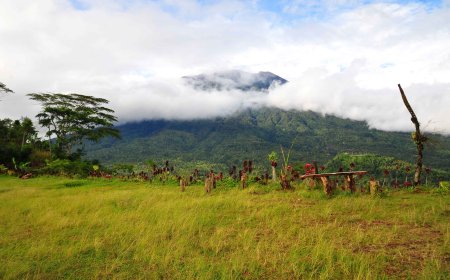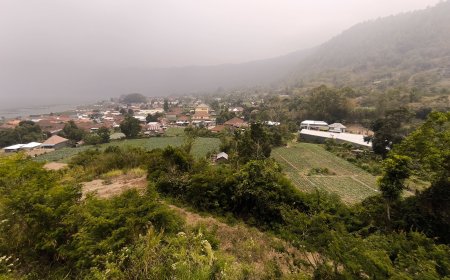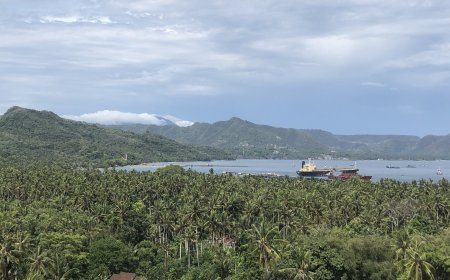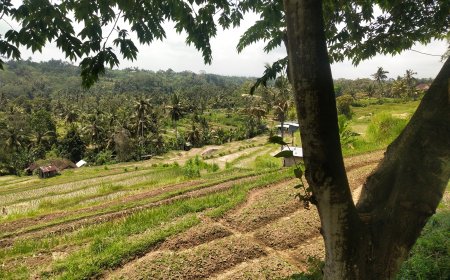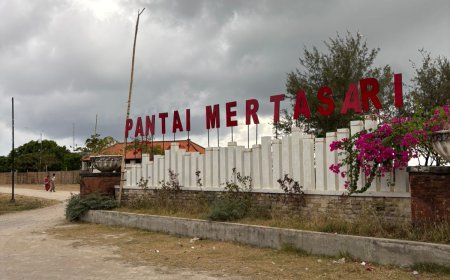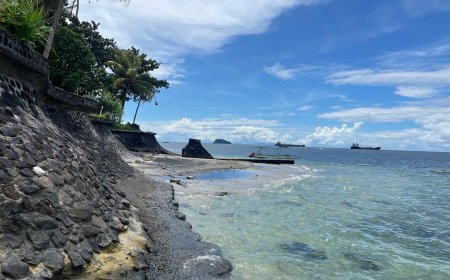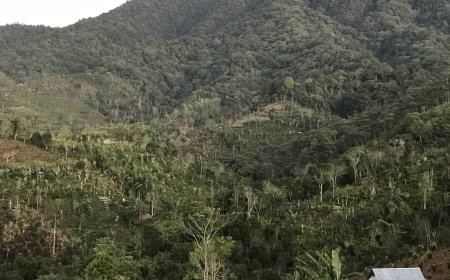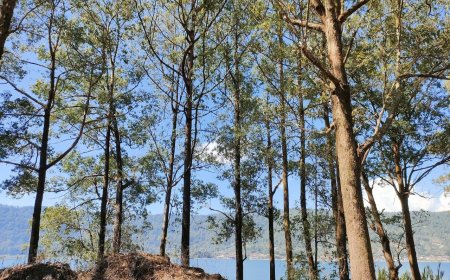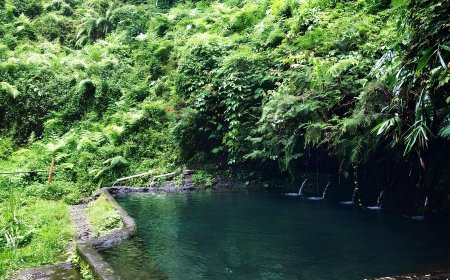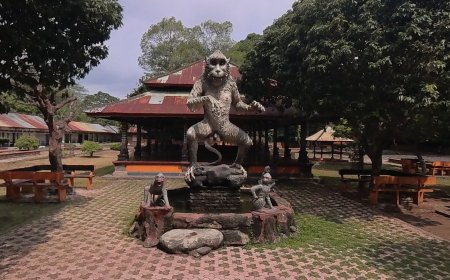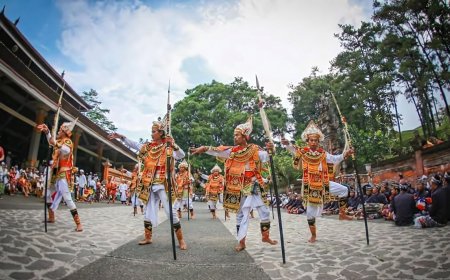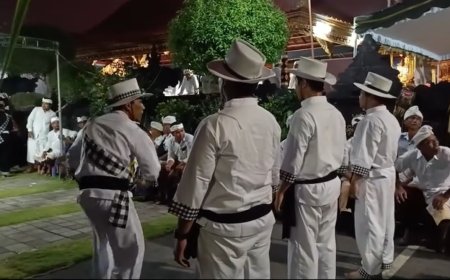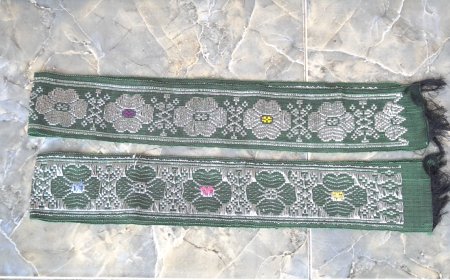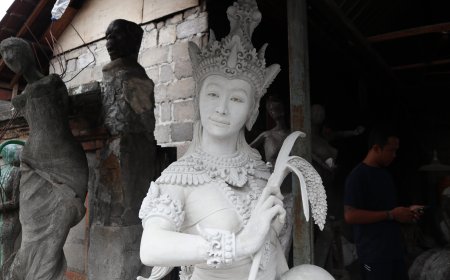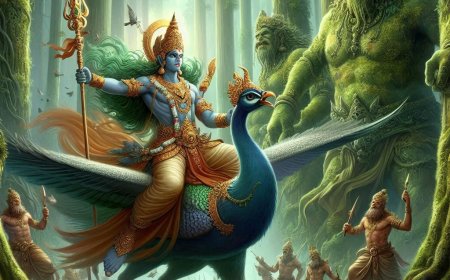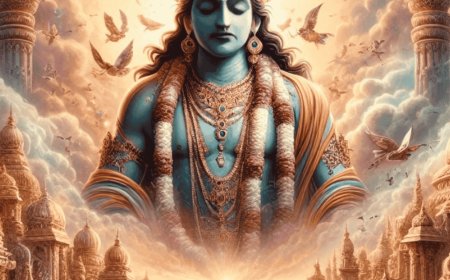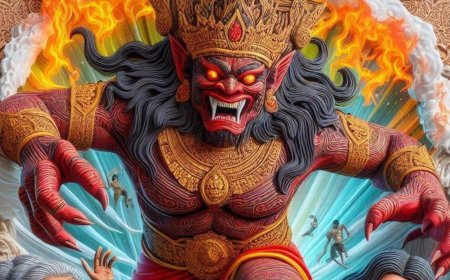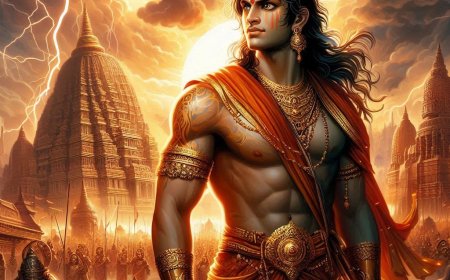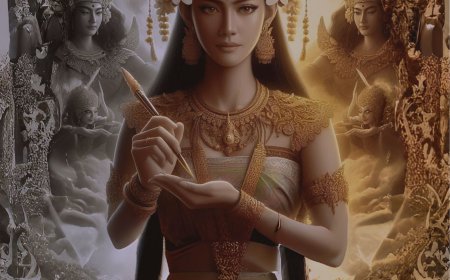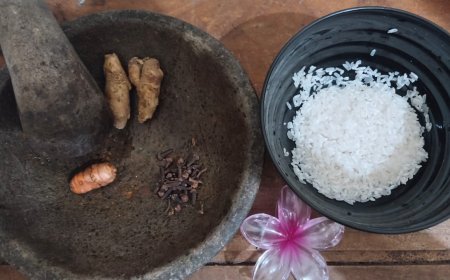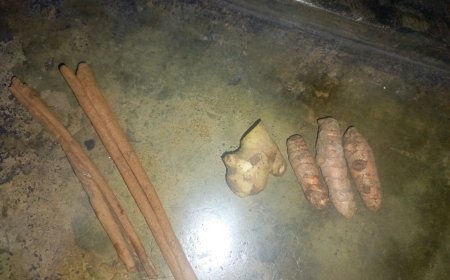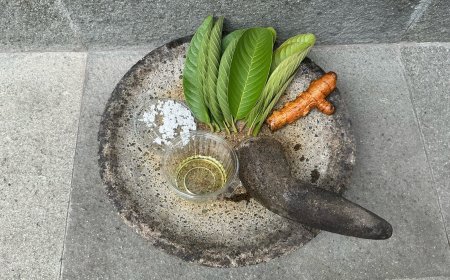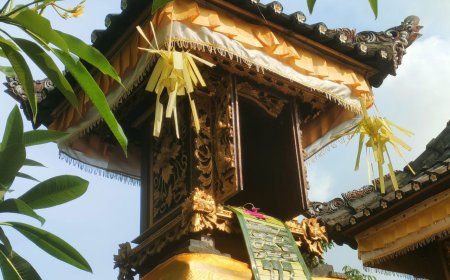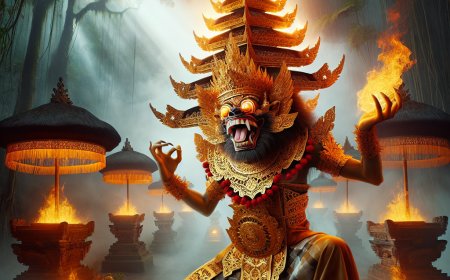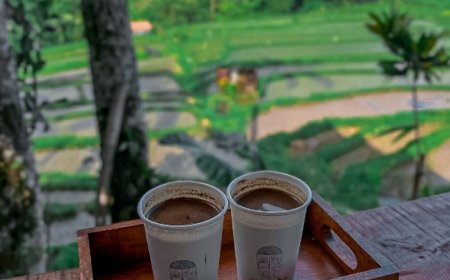Tutur Atma Prasangsa
After death, the Atman leaves its physical body and begins on a long journey to the next realm. This journey is not merely a step toward liberation or reward but also a judgment of the deeds performed during life. In this process, every action taken during one's lifetime serves as a reflection that determines the fate of the Atman in the next existence. Therefore, life in this world is considered an opportunity to cultivate virtue and attain a higher state of consciousness.
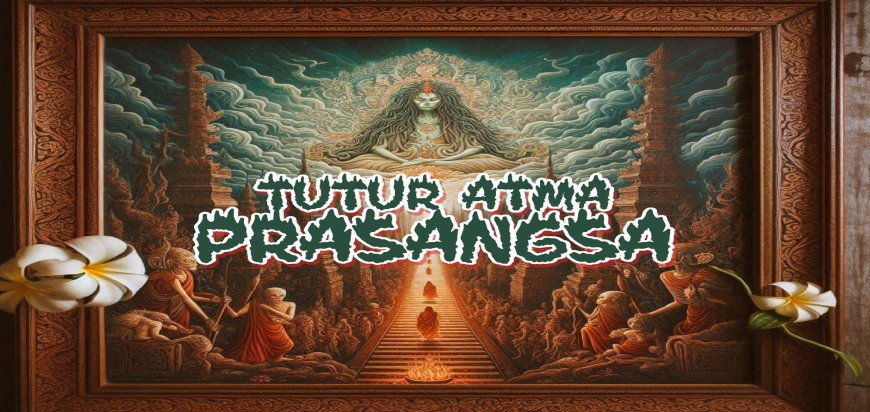
In each stage of this journey, the Atman will pass through various spiritual dimensions that reflect the mind and karma accumulated throughout life. Every deed, whether good or bad, will be revealed clearly, providing a deep understanding of the meaning of the life that has been lived. This process is not merely a journey to a new place but a complete realization of the consequences of every action. Here, the Atman faces lessons and judgment that will determine its path toward liberation (moksha) or rebirth in the cycle of samsara.

Illustration of Tegal Penangsaran (Source: Personal Collection)
When the soul leaves the body, it first arrives at Tegal Penangsaran, a place resembling a desert without trees or water sources. The unbearable heat forces the suffering Atman to run in search of shelter or a sip of water, but it finds nothing. In this place, the Atman’s suffering is a reflection of the sins committed in the world. It is left drifting, without hope and without relief.
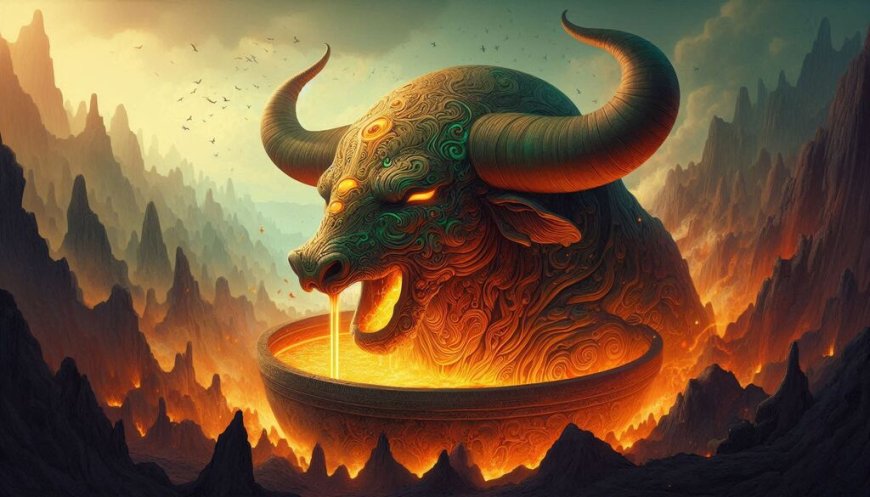
Illustration of Kawah Candradimuka (Source: Personal Collection)
After leaving Tegal Penangsaran, the Atman encounters Kawah Candradimuka, a large cauldron shaped like a bull's head. This crater symbolizes the human stomach and mouth. The Atman that enters here is punished for sins related to speech. Those who enjoyed slandering, cursing, or hurting others with words will feel the heat of this cauldron. Kawah Candradimuka serves as a reminder of the saying: your mouth is your tiger.
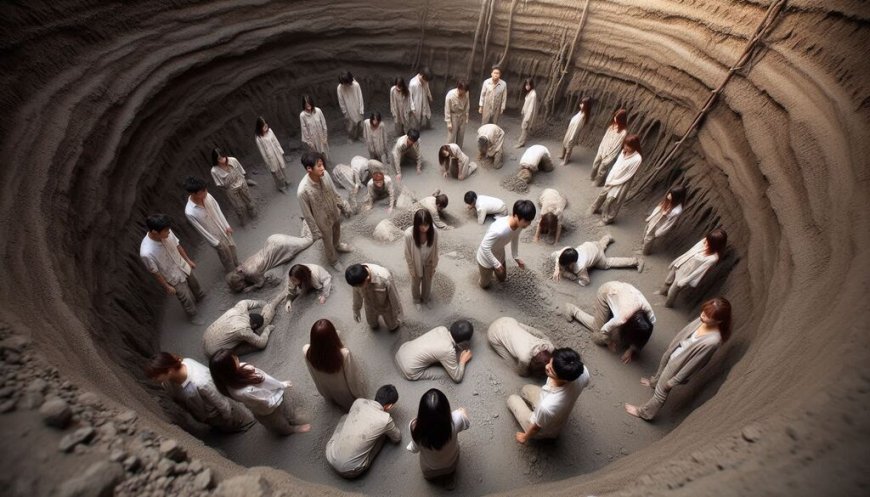
Illustration of Kawah Weci (Source: Personal Collection)
Next, the Atman moves toward Kawah Weci, a large cauldron filled with human waste. This place is a punishment for souls who, during their lives, were selfish, unwilling to share, never donated, and showed no concern for others. Here, they are submerged in filth, experiencing disgust and shame for their selfishness in life.
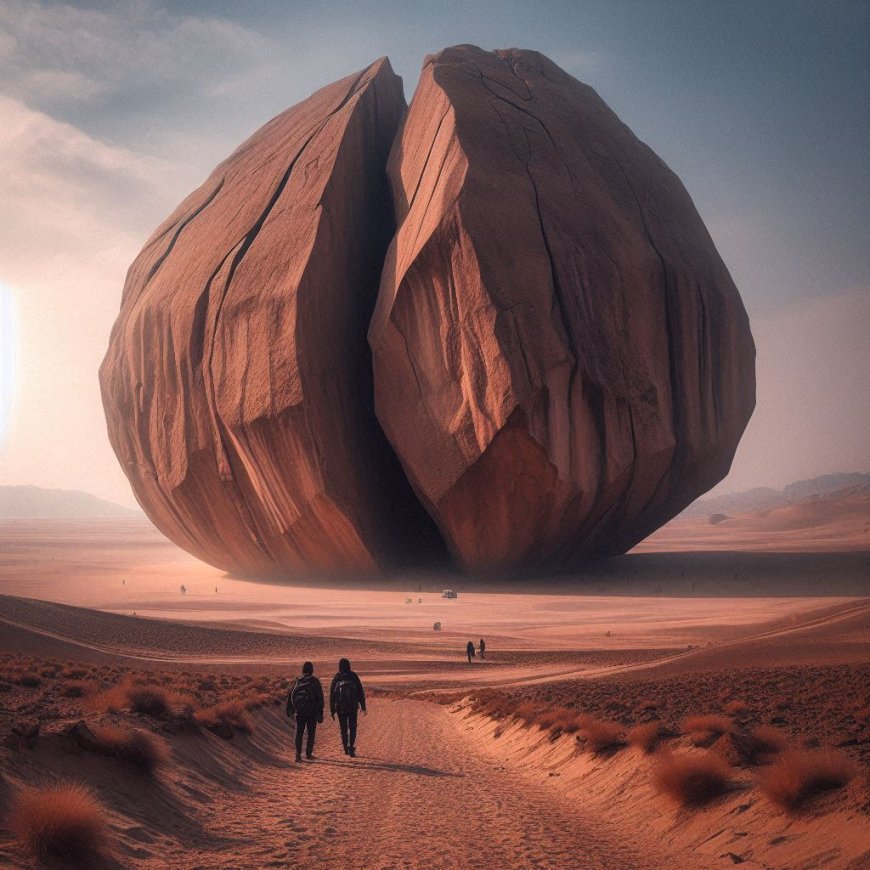
Illustration of Batu Masepak (Source: Personal Collection)
Then, the Atman is faced with Batu Masepak, a giant stone that opens and closes suddenly. No Atman knows when the stone will crush them. Those who were arrogant, proud, and harsh in their speech are punished here. The cries and wails are heard as the stone crushes the helpless souls.
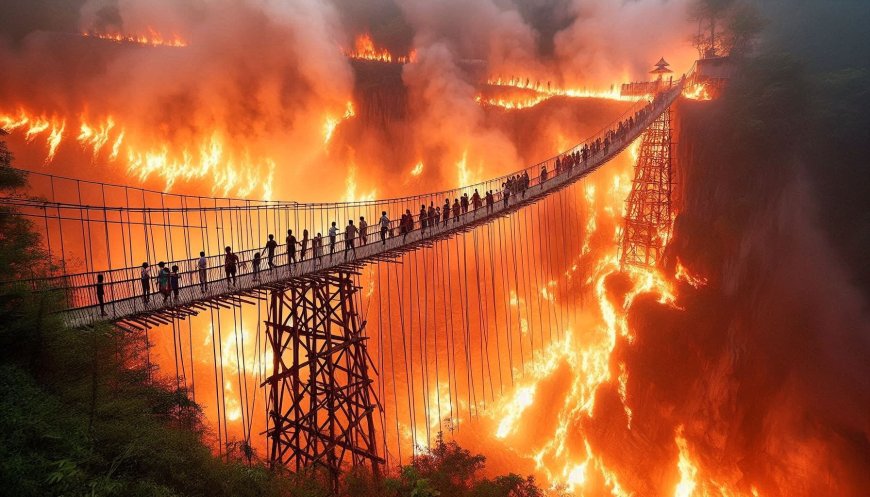
Illustration of Titi Gonggang (Source: Personal Collection)
Afterward, the Atman must cross Titi Gonggang, a bridge hanging over a fiery abyss. This bridge has no supporting pillars, and its ends appear fragile. Beneath it, flames roar, ready to consume anyone who cannot maintain their balance. Atman who were deceitful, broke promises, or betrayed others in life often fall into this chasm, consumed by the fire of regret and sin.
The journey is not over yet, as the Atman then faces Titi Ugal-Agil, a swaying bridge. This bridge serves as punishment for those who spent their lives spreading lies or false accusations against others. Those who cannot maintain their balance will fall into the abyss below, facing endless suffering.
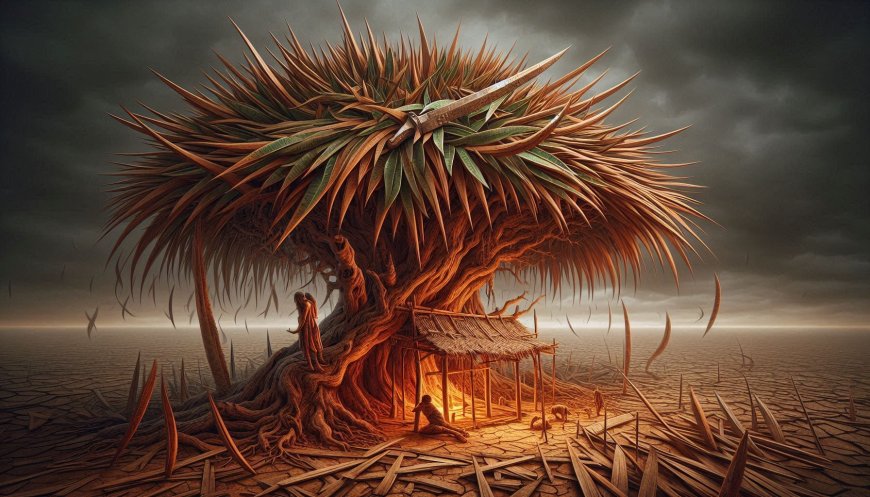
Illustration of Kayu Curiga (Source: Personal Collection)
The Atman's journey continues until it encounters symbolic trees. One of them is Kayu Curiga, a tree with dagger-like leaves. Atman seeking shelter beneath it will be showered with sharp leaves, continuously wounding their bodies. This punishment is given to those who indulged in adultery or betrayal in life, destroying trust and honor.
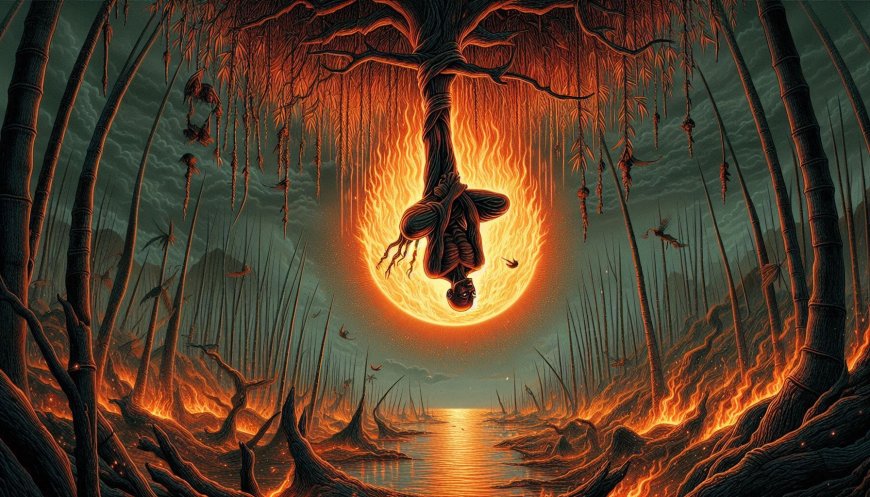
Illustration of Petung Agni (Source: Personal Collection)
Finally, there is Petung Agni, a bamboo tree filled with fire. The Atman punished here is hung upside down, with its head facing downward and feet upward. This punishment is for those who practiced black magic, witchcraft, or mystical acts that harmed others during their lives. The ever-burning flames remind them of the evil they once committed.
The journey of the Atman serves as a reminder that all actions in life will receive their due consequences. Each bridge, crater, and tree is a symbol of punishment that teaches humans to live wisely, with virtue, and love for others. Only through good deeds can the Atman achieve eternal happiness and liberation from this cycle of suffering.
